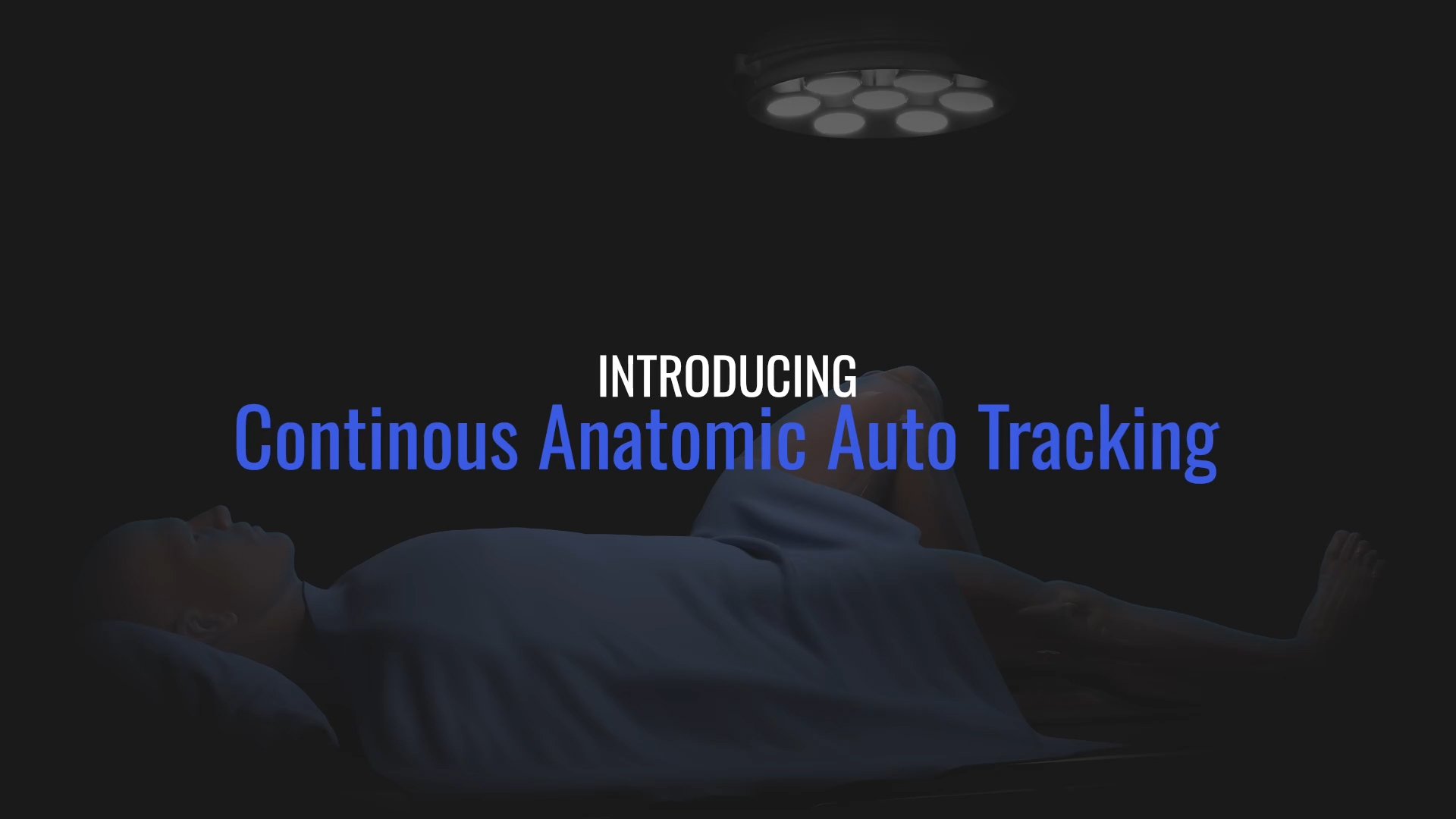AUSTIN, Texas--(BUSINESS WIRE)--VISIE Inc., formerly known as Advanced Scanners, announces it has successfully demonstrated Continuous Anatomic Auto Tracking (CAAT) for robotic-assisted total knee arthroplasty (RA-TKA) in its Austin, TX headquarters.
Continuous Anatomic Auto Tracking (CAAT)
CAAT is a proprietary, highly promising technological leap that gives the power of vision to surgical robotic and navigation systems designed for orthopedic, neuro, cranial, and spine surgery, including RA-TKA, a type of robotic-assisted surgery (RAS).
This new capability, which builds upon VISIE’s testing to register the distal femur and proximal tibia to a pre-operative CT scan in a fraction of second, is intended to enable VISIE’s 3D scanners to continuously track the two primary bones that make up the knee joint as they move in space, like they do in RA-TKA.
The company’s goal is for CAAT to allow VISIE’s scanners to move an integrated surgical robotic arm in sync with a knee’s motion during surgery. This would enable VISIE’s scanners to maintain vision of the knee, tracking the anatomy in real time as it moves throughout the surgical procedure.
“If we had robotic systems that could actually see the patient, much like we do with our own eyes, and track the anatomy continuously throughout the procedure, that would be game-changing for orthopaedic surgeons and their patients,” says J. Craig Morrison, MD*, an orthopedic joint replacement surgeon at Southern Joint Replacement Institute in Nashville, TN. “It could mean avoiding pins and arrays, saving steps, time, and tissue.”
CAAT holds the promise of pinless RAS for RA-TKA.
“Currently, robotic and navigated orthopedic procedures require the use of tracking arrays, which are tracked by infrared cameras in the operating room, to track patients’ anatomy,” says Shiraz K. Patel, MD*, an orthopedic joint replacement surgeon at The Orthopaedic Institute of Western Kentucky in Paducah, KY. “The challenge is these tracking arrays require surgeons to place two tracking pins into the femur and two into the tibia to attach the arrays to the patient to work properly.”
VISIE has demonstrated CAAT in bench testing and intends to perform live demonstrations at the American Association of Hip and Knee Surgeons (AAHKS) Annual Meeting in Grapevine, TX on November 7-8, 2024.
“We have heard over and over, ‘This cannot be done,’ and ‘Pinless RA-TKA would be the holy grail,’” says VISIE CEO, Douglas Fairbanks. “We cannot wait to show surgeons and industry representatives what we have achieved at AAHKS this fall! When I saw our scanner tracking the knee for the first time, it blew me away. It is nothing short of amazing.”
VISIE’s team of scientists and hardware and software engineers has been working on technological feasibility for CAAT, knowing the market demand for pinless RAS. “The team keeps realizing breakthrough after breakthrough, and we are ready to shift our efforts to medical device product development and validating this proof of concept when AAHKS is over,” says VISIE’s head of engineering, Michael Landry.
While VISIE has not submitted CAAT to the FDA for evaluation, VISIE is working towards validating performance with the goal of submission.
“It’s incredibly gratifying to be at this point with the technology, seeing CAAT coming to life with the aim of enabling pinless RAS for RA-TKA," says Aaron Bernstein, PhD, VISIE co-founder and CTO. "More than that, it's exciting to imagine CAAT’s utility in other orthopedic procedures, as well as other specialties that could benefit from anatomic tracking, especially neurosurgical applications. This has been a team effort years in the making, and it’s a joy to see company founders, veterans, and new teammates coming together and working to improve the surgical experience for patients and their surgeons."
Prior to demonstrating CAAT at AAHKS in early November, VISIE will be speaking at Digital Orthopaedic Conference San Francisco (DOCSF) 2024 in San Francisco, CA and the 2024 Musculoskeletal New Ventures Conference (MNVC) in Memphis, TN on October 11 and 29, 2024, respectively. In addition, the company will be attending The Medtech Conference in Toronto, Canada the week of October 14, 2024.
To learn more about VISIE Inc. and its technology or to schedule a demo or meeting with the VISIE team, visit VISIEVision.com.
About VISIE Inc.
Formerly known as Advanced Scanners, VISIE Inc. is a 3D computer vision and spatial computing company researching, developing, and commercializing revolutionary optical scanners for robotic and navigated orthopedic, neuro, cranial, and spine surgery. VISIE’s proprietary imaging hardware and software combines the power of optical physics and deep tech to make the unseen seen in surgery. VISIE boasts a robust global patent portfolio, including multiple issued patents both U.S. and international, and has won multiple awards for its technological innovations and advancements, including the Anterior Hip Foundation (AHF) and Epilepsy Foundation shark tank competitions. VISIE’s 3D scanners are Investigational Devices only and are not available for sale in the U.S.
* Has an investment interest in VISIE



